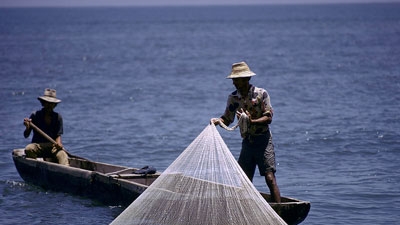With nearly 31% of the world’s resources, Latin America is the richest region in the world in terms of freshwater availability per person. And yet across the continent, inequality in water supply and sanitation services has led to populations being underserved.
While there will always be areas with an overabundance of freshwater resources, and others which are drier, this inequality is exacerbated due to a lack of awareness of the true cost of water.
“For the general public, there is an enduring belief that the water from the tap doesn’t involve any cost to the state, and therefore should be free for all. That is to say, the treatment needed for drinking water and the pipes that transport water direct to homes doesn’t cross their minds,” explains Yehude Simon, Communications Officer for the World Bank's Water and Sanitation Program.
“There isn’t a ‘water culture,’ which means the water that comes from the tap is often wasted,” adds Simon. People aren’t aware of water’s true worth.”
At a regional level 100 million Latin Americans lack access to sanitation and with over 80% of Latin Americans living in cities, this inequality is most keenly felt in the region’s rural areas where access to water and sanitation is underdeveloped.
Impacting on health, education, tourism and more, poor sanitation can reduce a country’s annual GDP by 2-3% according to a study conducted by the Water and Sanitation Program in South Asia,. And as the region’s mega-cities grow, the tendency has been for policies to focus on meeting the needs of a fast growing urban population. But while investment into water and sanitation may be split down the rural/urban divide, for many countries within the region this isn’t necessarily a reflection on a lack of financial resources. Rather investments in training are needed to professionalize the skills required to maintain the networks.

